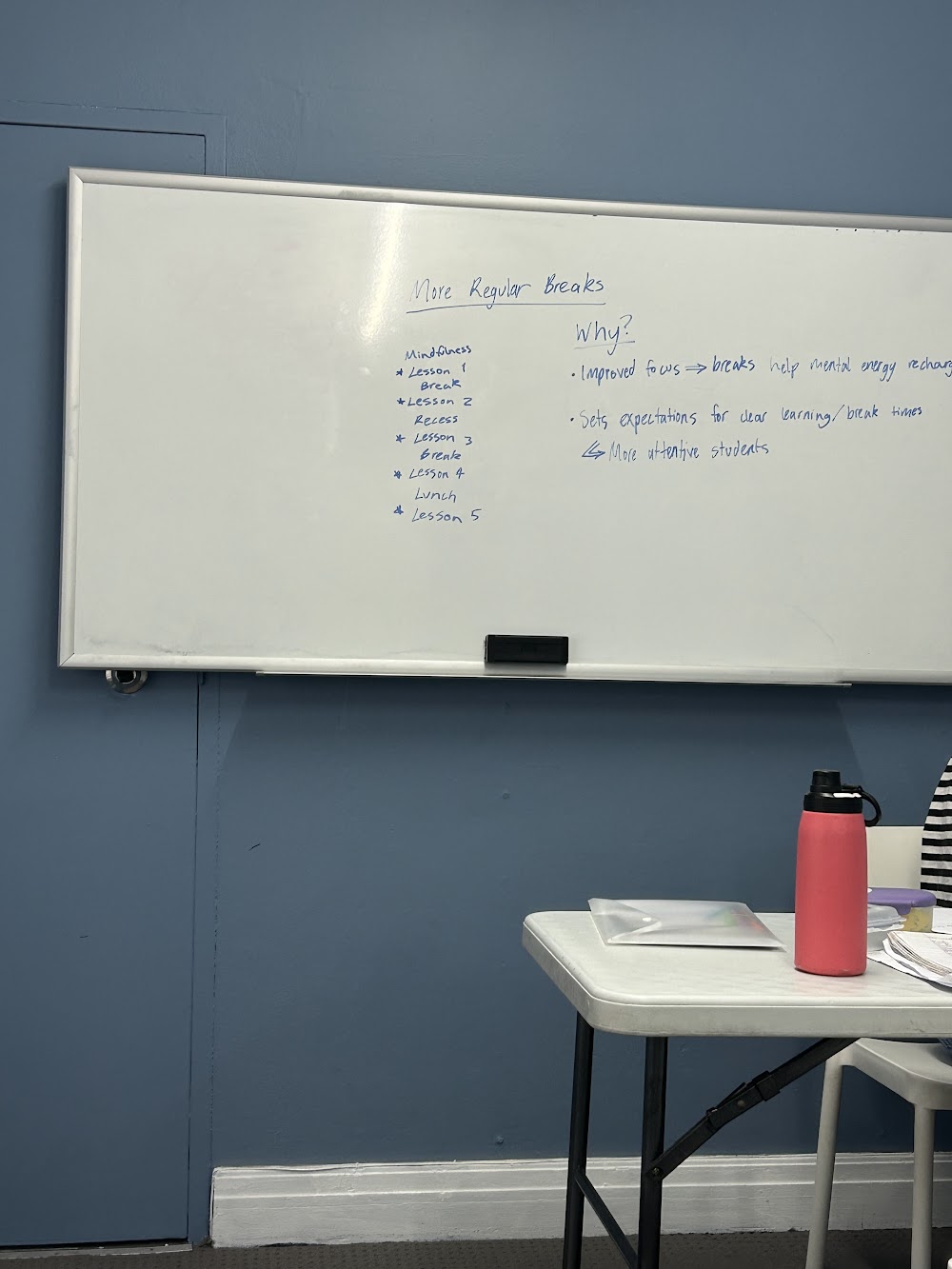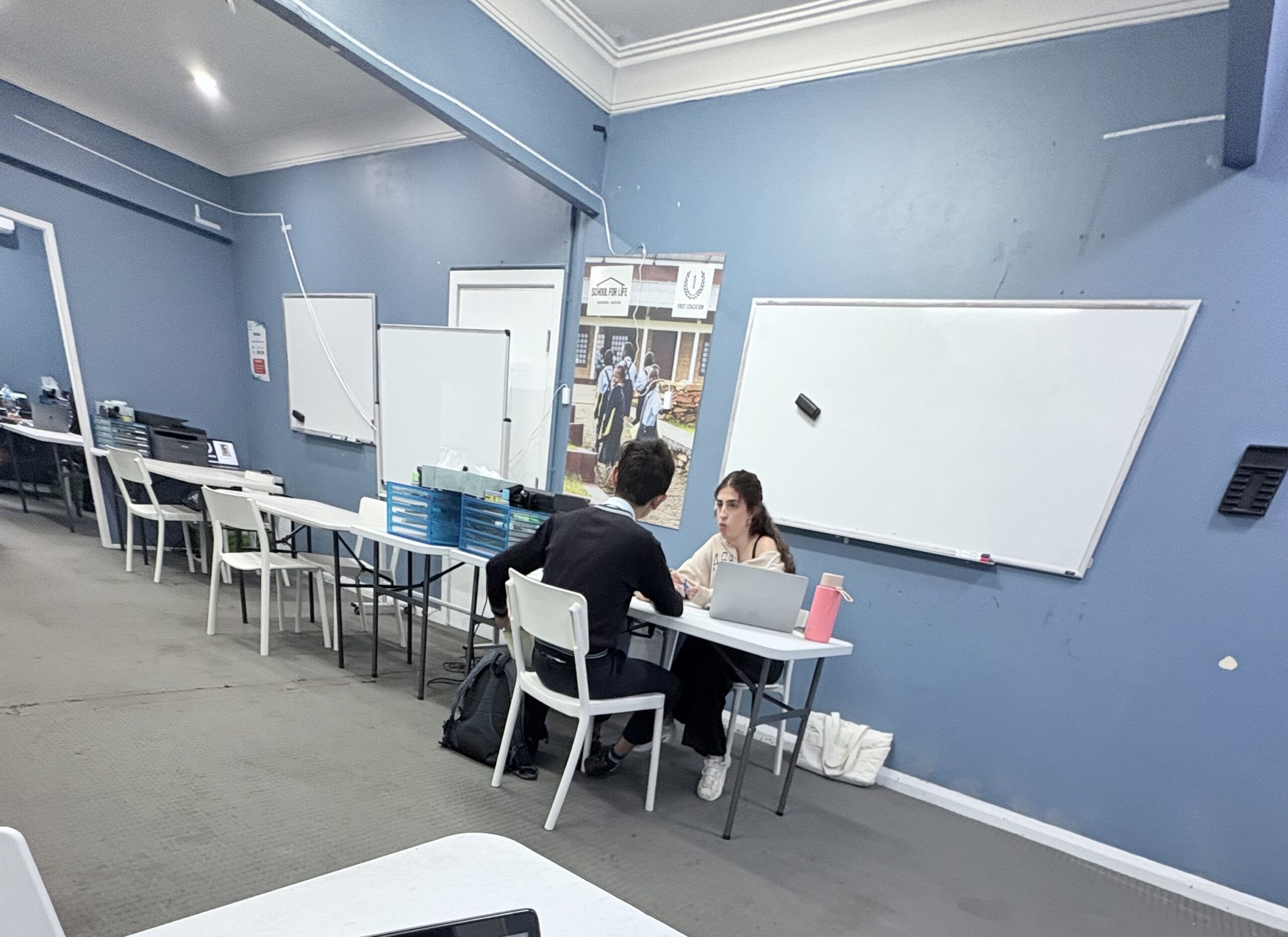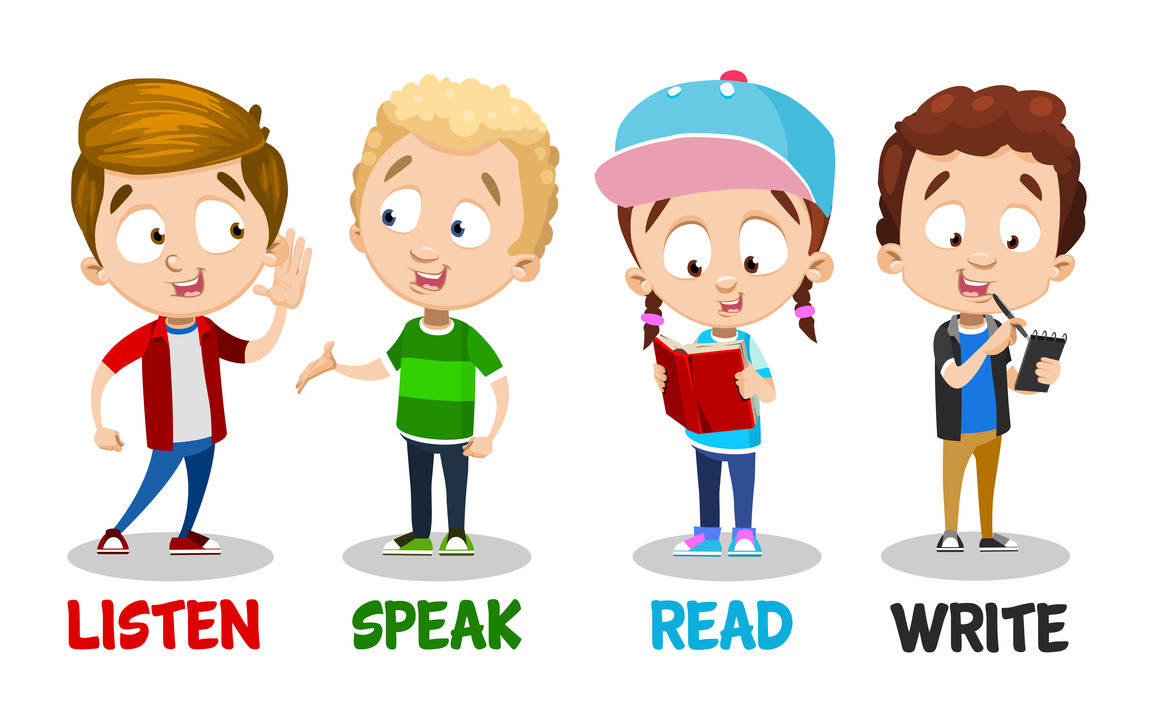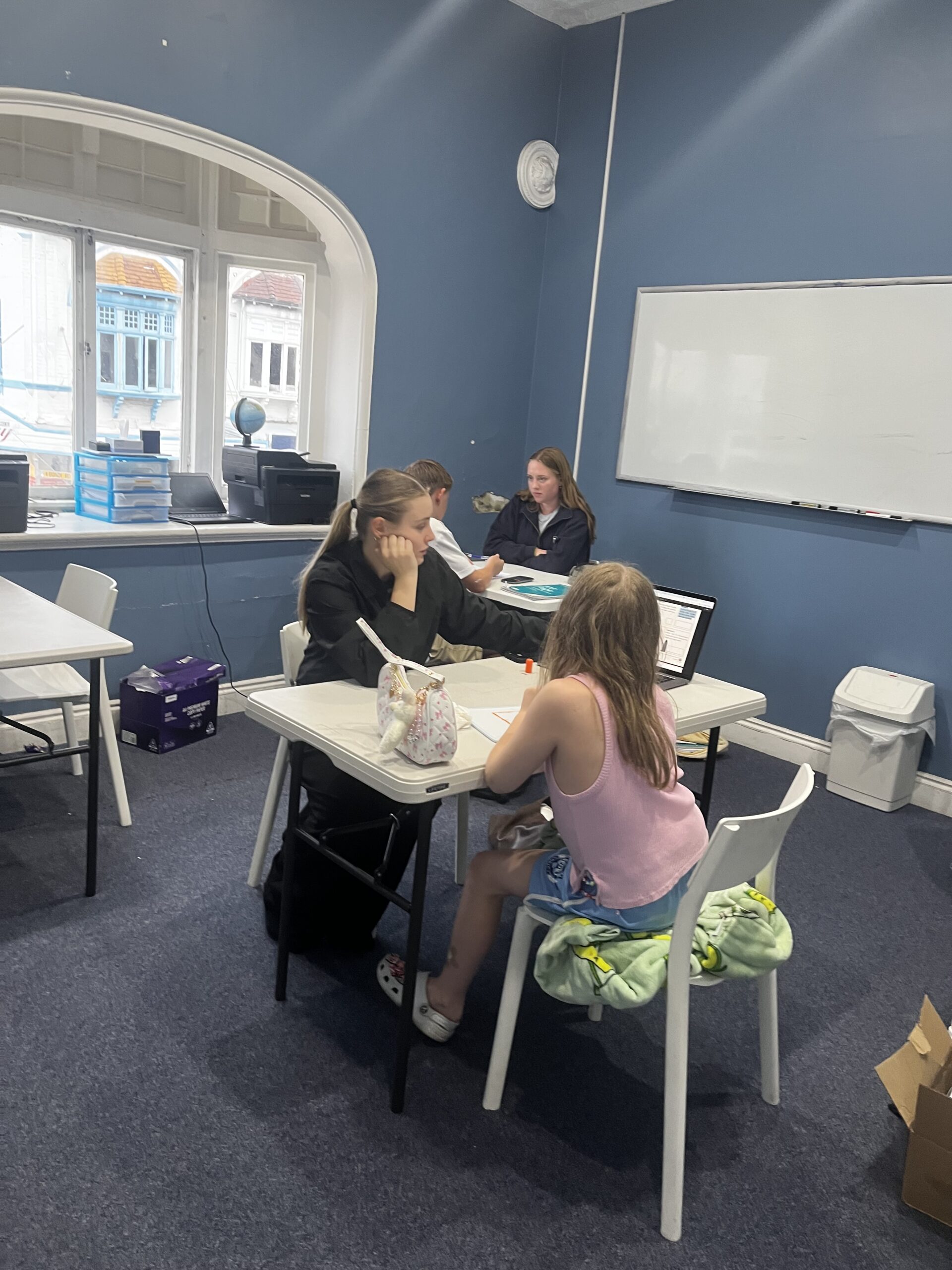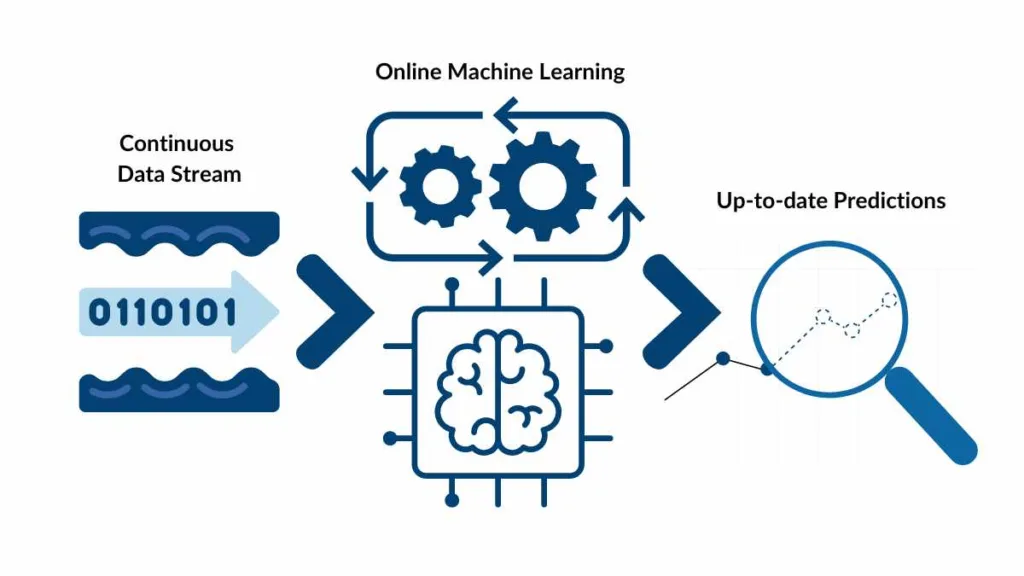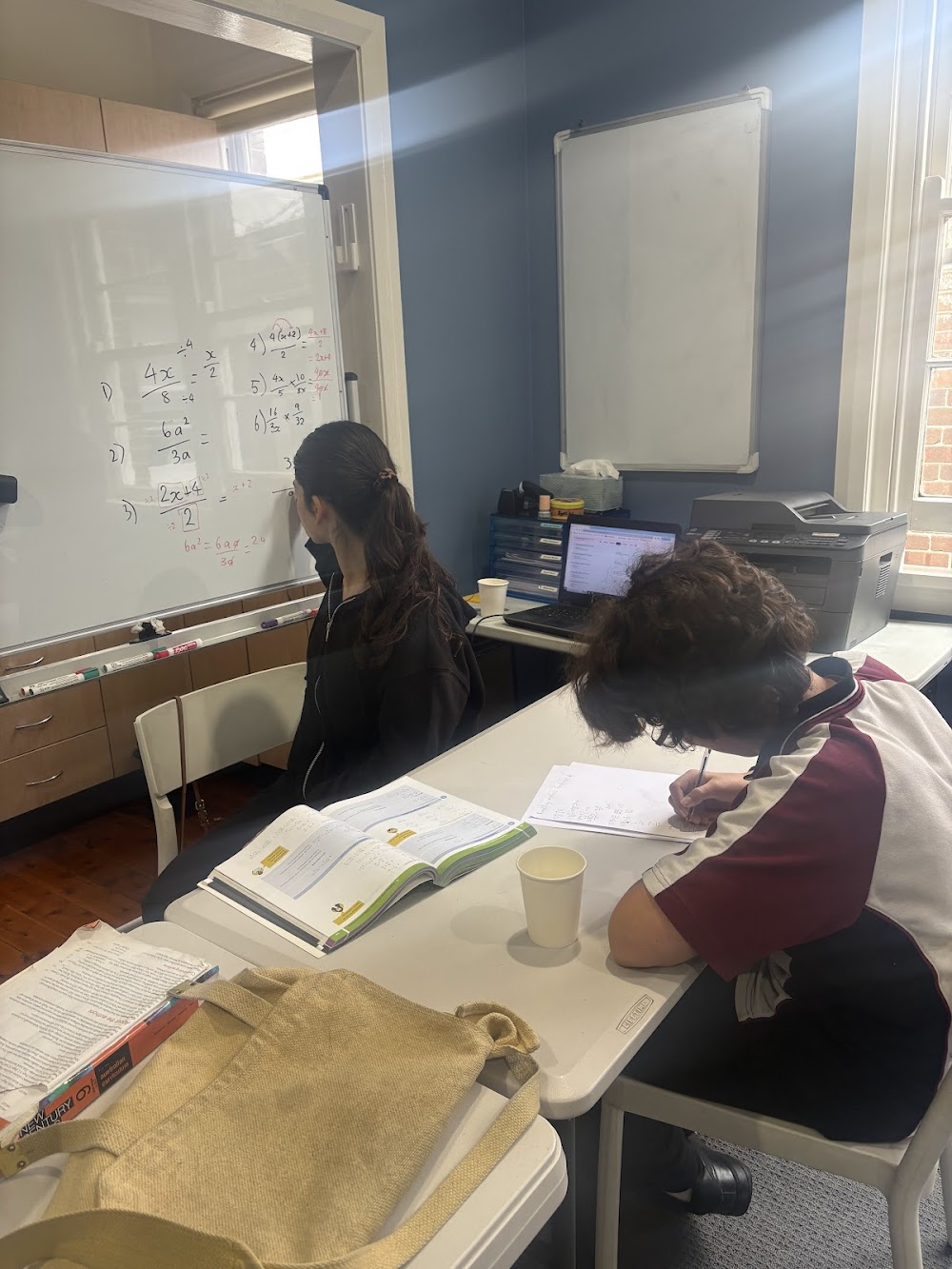
Today, I had the opportunity to observe Pamela tutoring Isaac, a year 9 student preparing for his upcoming yearly maths exam. Isaacs current topics for this exam include probability, money and algebra, topics which were taught in class last term.
I observed Pams, tutoring approach which was calm and patient as she revised all the key concepts for each topic making sure Issacs fully understood both the ‘how’ to complete the question and ‘why’ to approach in that way. Ensuring he understood the concepts rather than just the formulas. Pamela also incorporated real life concepts to making the task easier to understand and more enjoyable. For example, using uno cards to showcase the sample space, and likelihoods.
Issacs struggled to understand the higher order algebraic fraction questions, therefore Pamela really emphasised and focused on the steps of answering this, breaking it down into simpler concepts, she used the board to show how to work it out and used different colours to showcase each step of the equation, ensuring Isaac understood every step as they go and it’s not confusing. Pam also got Isaac to answer these questions on the board explaining why he choose to use that formula.
Pam also utilised the in-centre resources using textbooks and FEC worksheets to get questions from and further used these resources to give Isaac his homework, helping him solidify the knowledge learnt in class, preparing him for his future exam!
At the end of the session, Pam played a game of spot it, as a fun way to end the session and as a reward for doing amazing work! It was really helpful and interesting watching Pams tutoring style, hopefully I get the chance to observe her again.
Daniella





